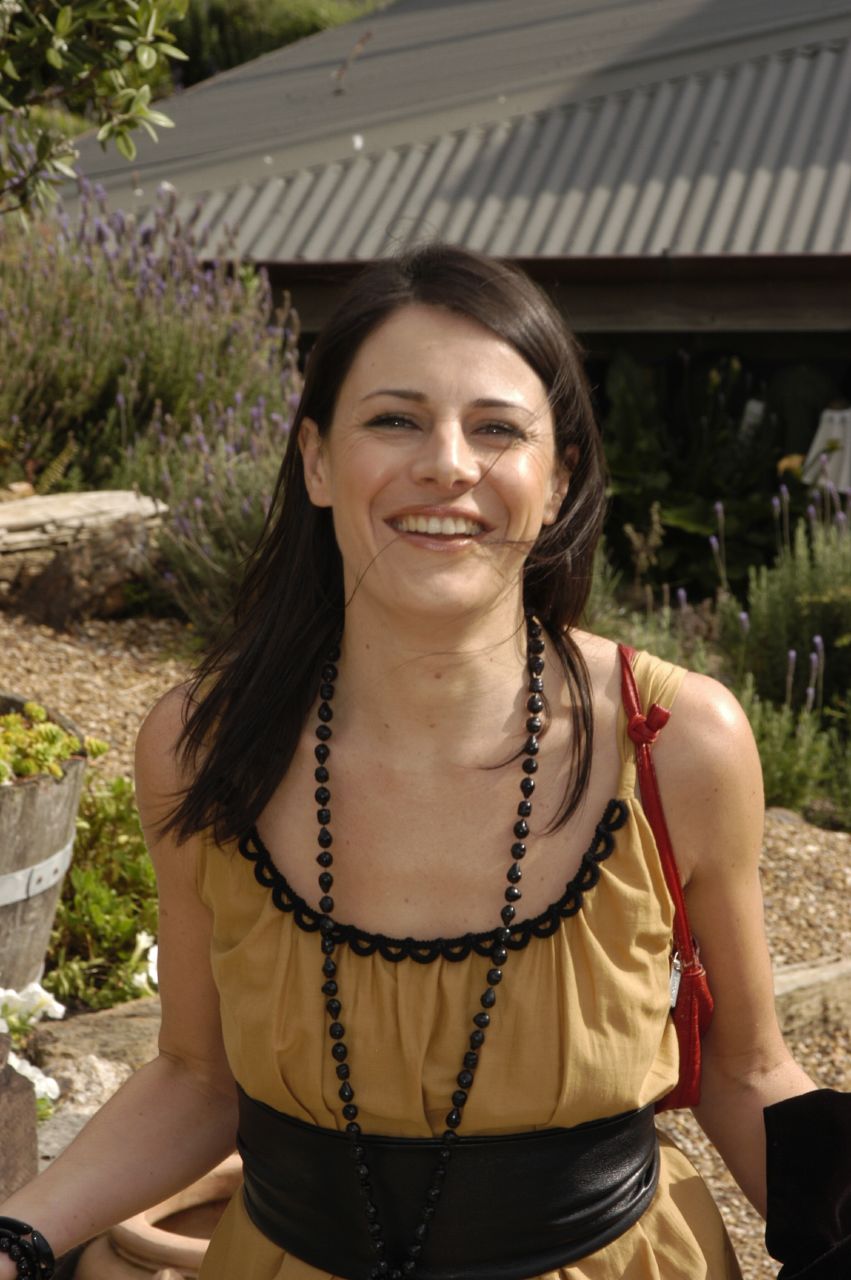Tuesday, October 24, 2006
Guns
This morning as we drove to the office I couldn't help noticing that the most popular Eid present for boys this year was a play gun. All over the streets of Herat were boys of different ages play-fighting with their new guns. These are not water guns, they don't come in bright primary colours or shoot bubbles. They are black plastic replica pistols and automatic weapons, and they are intended to look realistic.
I'm known for my rants against guns, so I'll try to be restrained. Over several years of work in conflict situation, I have got to the point where I can concede that there maybe a time and place in which a gun can be used for the protection of human life and promotion of stability. But still, this scene of children celebrating Eid by running abour pretending to shoot each other disturbed me on so many levels.
Firstly, there is the risk to the kids of their play gun being mistaken for the real thing by one of the ISAF patrols or any one of the numerous armed guards stationed outside homes all over the city. Real guns are part of daily life in Afghanistan, and not for shooting rabbits. My housemate told me that the replica guns were banned in one city in Northern Afghanistan last year after a teenager with a play gun was shot and killed by international forces who mistook the gun for the real thing.
Secondly, I'm all too conscious of the real fighting that has taken place this Eid in Shindand. During these days, which should be a time of celebration of the end of the holy month of Ramazan, fighting between tribal factions in the southern district of Herat province has instead resulted in numberous fatalities. The play in Herat so vividly mirrored the real violence in Shindand that I found myself speculating on the relationship between the two, i.e. the relationship between the past and ongoing real armed conflict in this country and the cultural acceptance of the giving of replica guns as a gift to celebrate the end of a month of prayer. The extent to which each of these is the result of or the cause of the other would be, it seems to me, impossible to establish, but I do think the causal relationship must flow in both directions.
My language assistant, while waiting with me for a meeting with the Provincial Governor yesterday to talk about the situation, expressed his persnal opinion that religion is the root cause of all conflict, here in Afghanistan and elsewhere. It is, of course, a line I've heard more often than I can recall - especially during my years in the Occupied Palestinian Territories.
But it doesn't really ring true. I can't see religion as a root cause. Religion seems to be a means through which some of the root causes of violence and conflict find their expression and their structural support. The root cause seems more basic, and again I find myself wishing that I better understood human psychology.
But that's drifting into realms that I know far too little about to comment on intelligently. So for today I'll stick with an observation that there are an awful lot of guns in Afghanistan and that I don't like the replica ones much more than I like the real ones.
Subscribe to:
Post Comments (Atom)


No comments:
Post a Comment